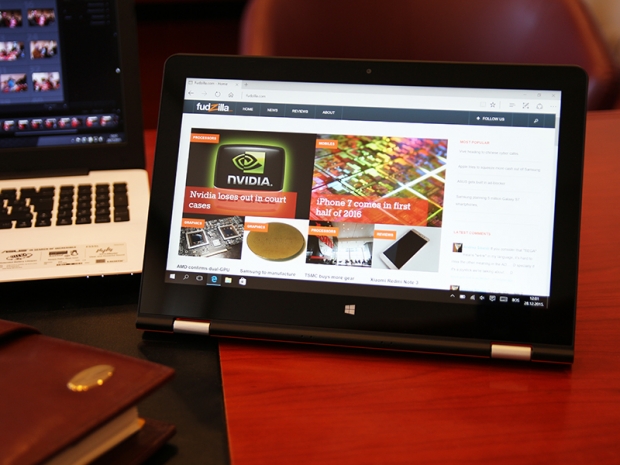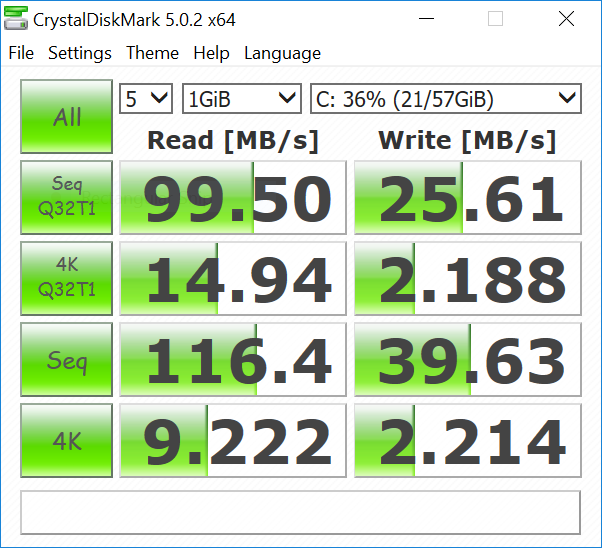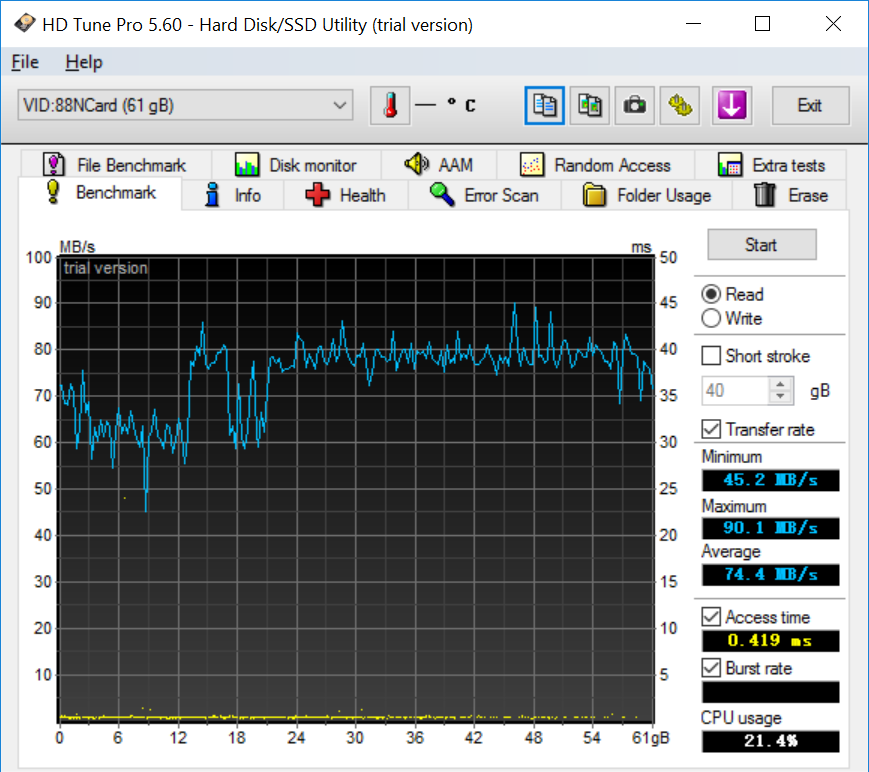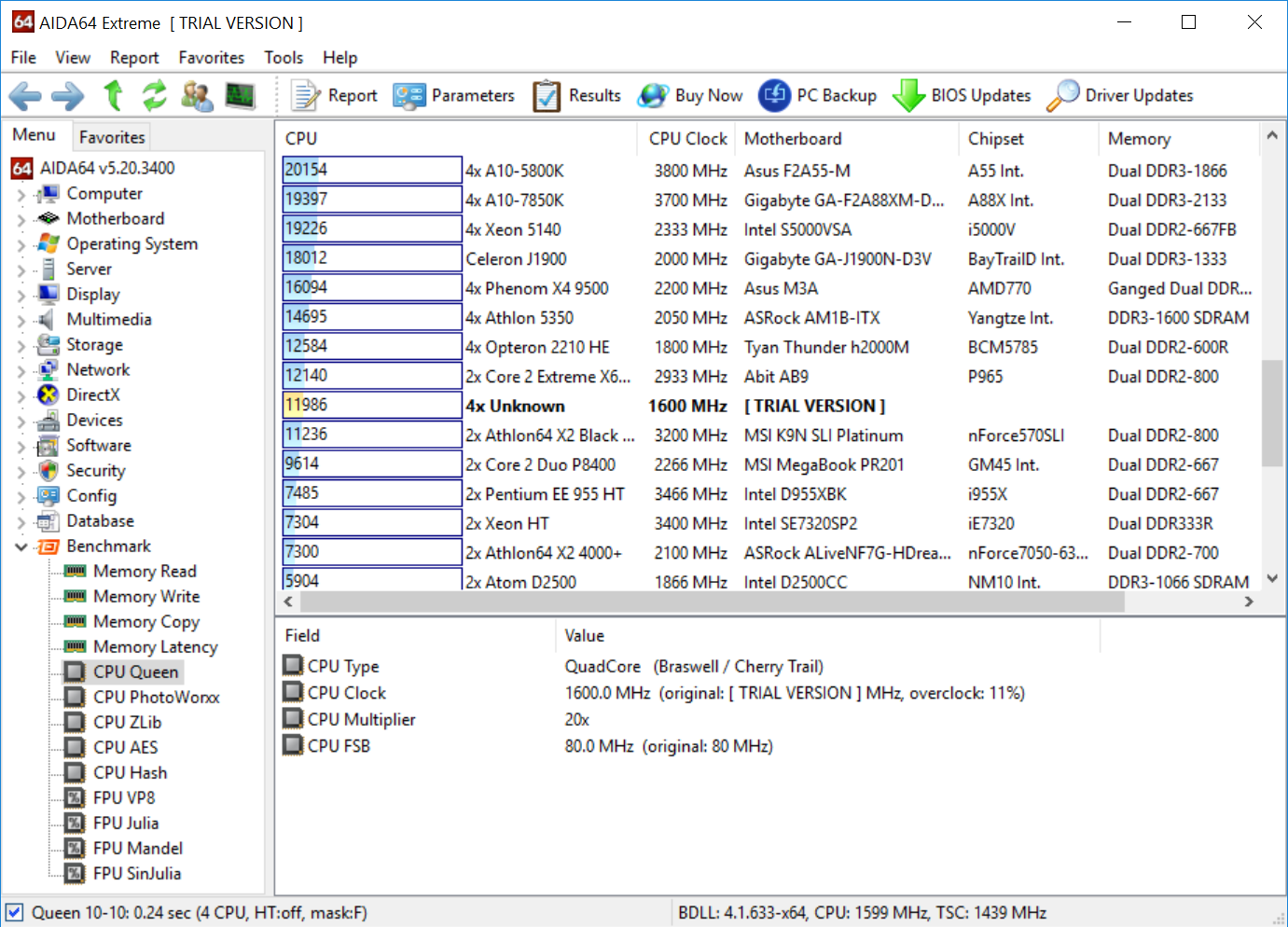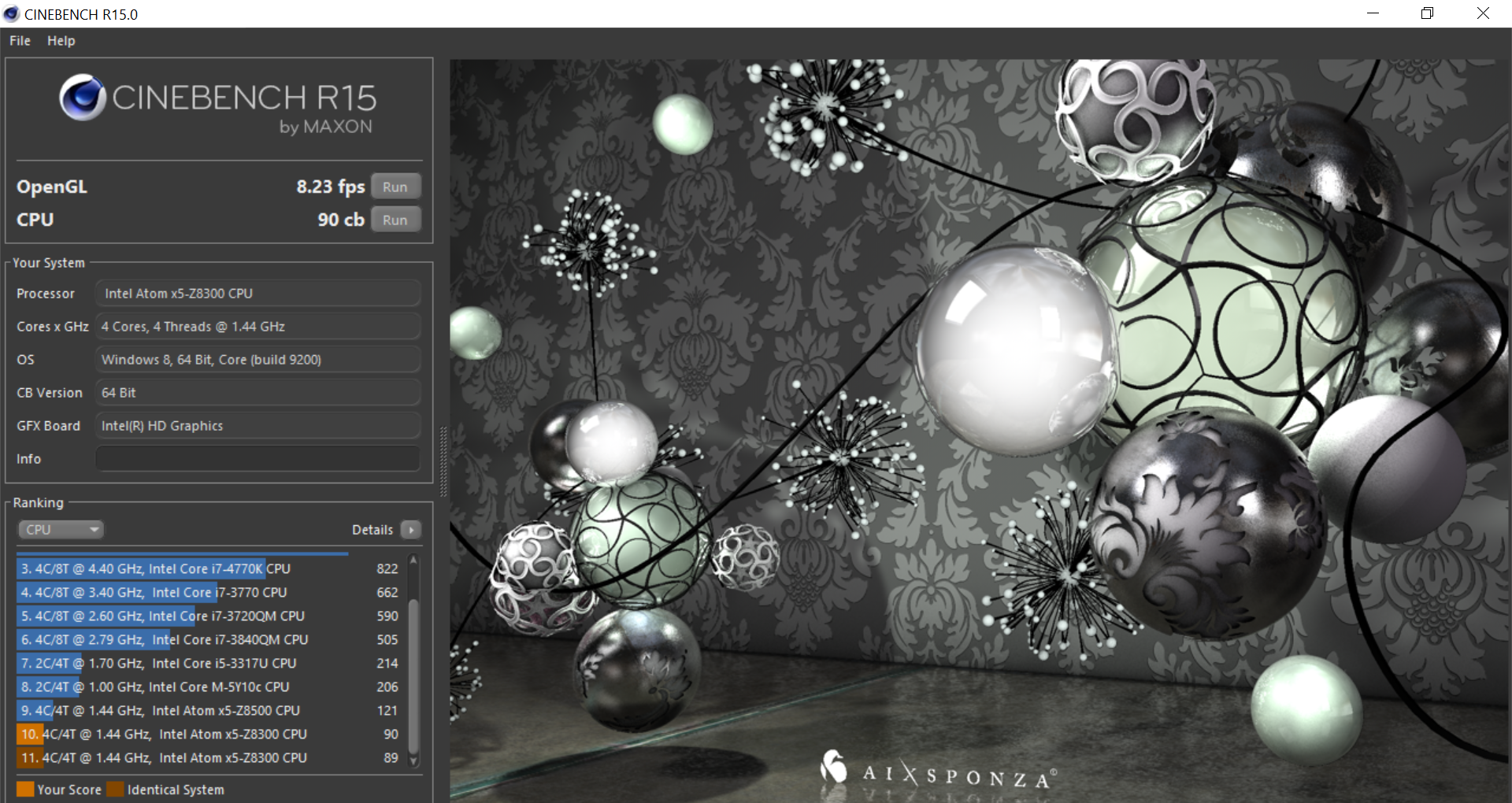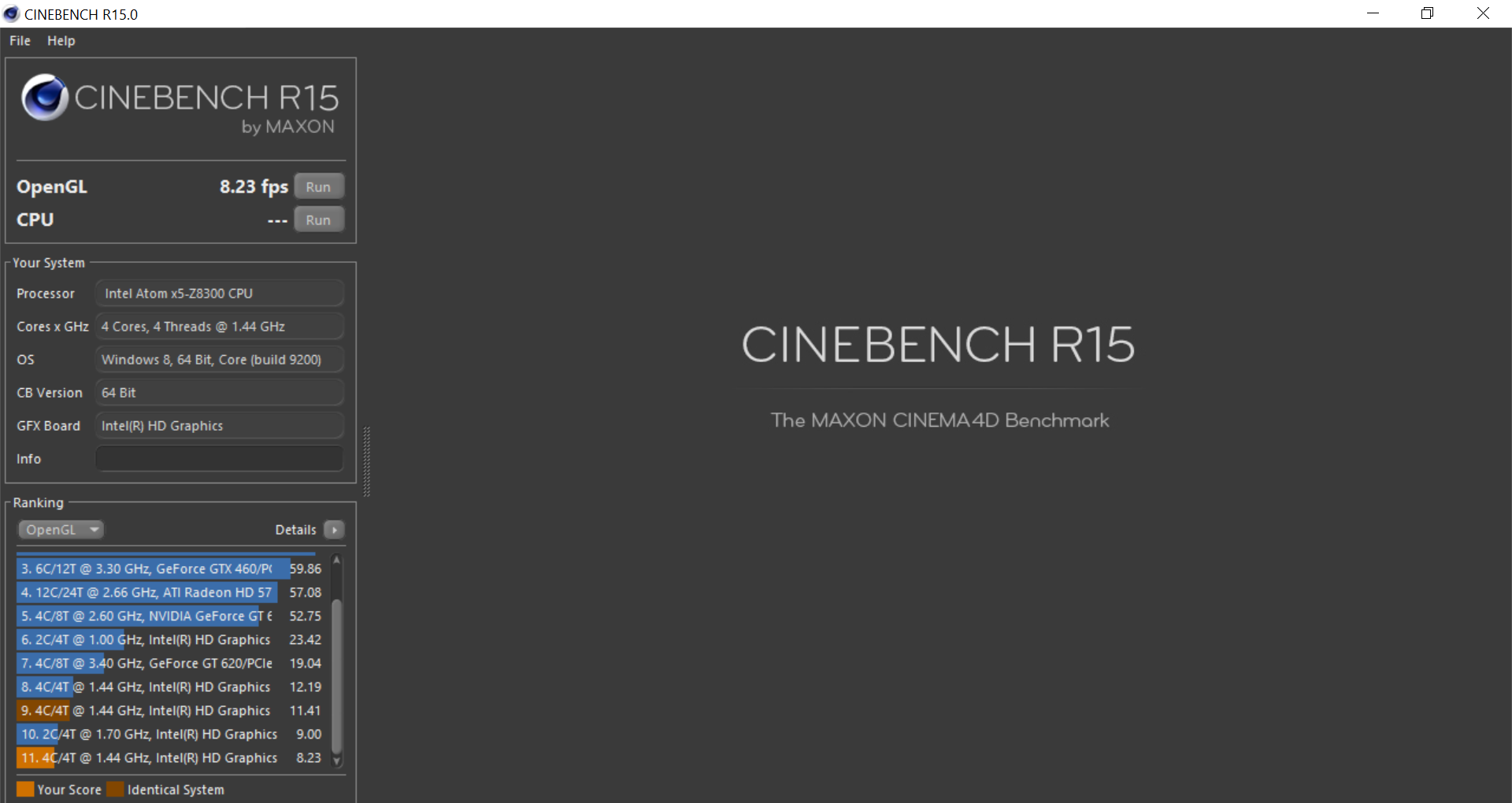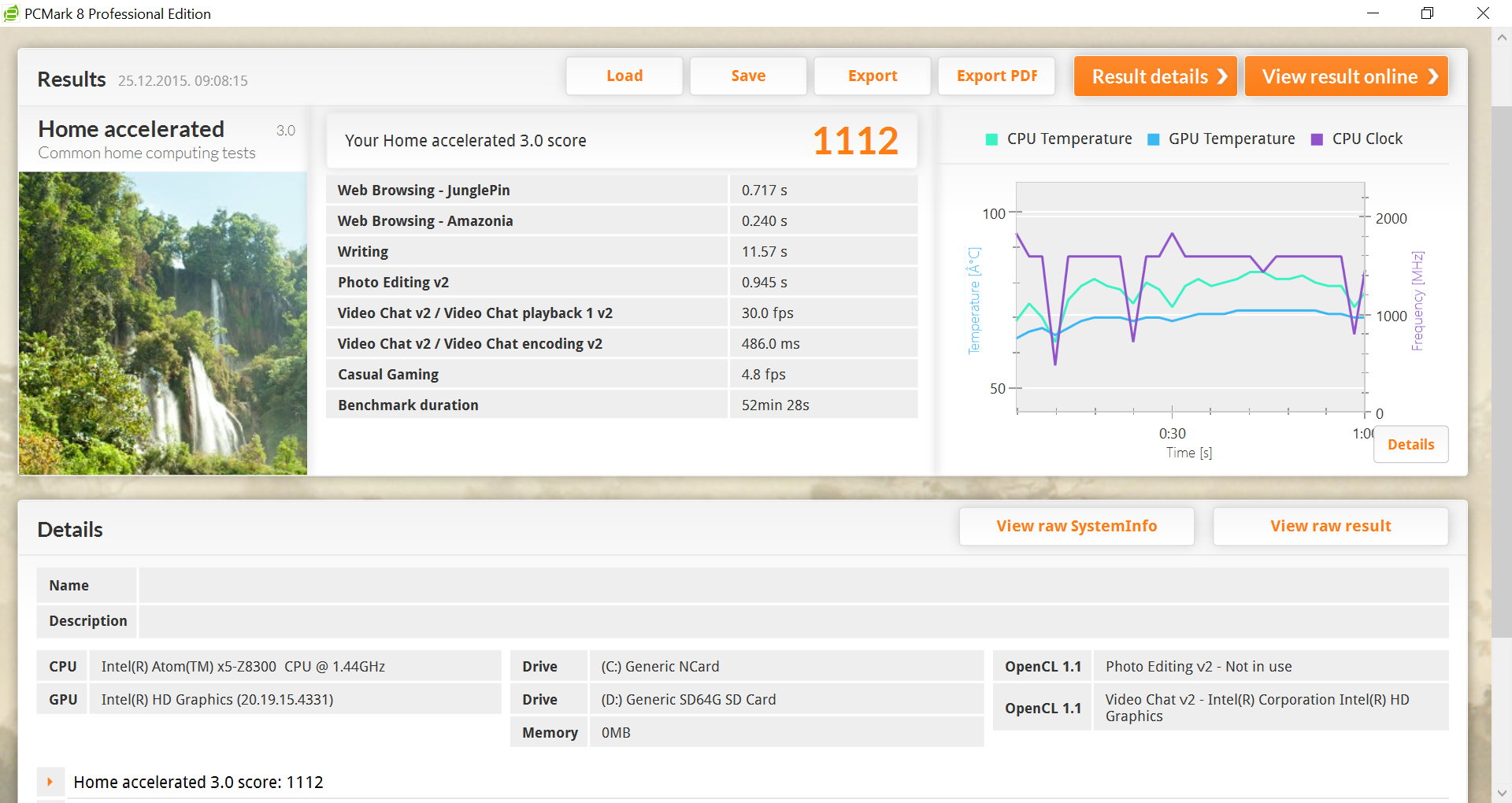At first glance, we thought the Voyo A1 Plus was just another convertible tablet, or 2-in-1. However, on closer inspection it became obvious that the Voyo A1 Plus is a Lenovo Yoga clone, which is why we started referring to it as the “Voyoga”.
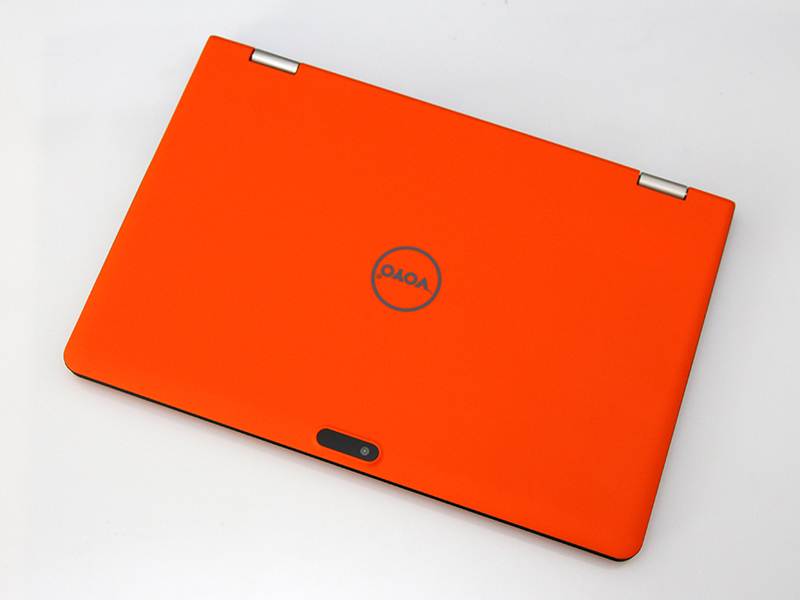
The design is nearly identical; from the choice of colours to the 360 degree lid hinges. While this is an unoriginal design to say the least, it worth pointing out that Voyo found a good product to clone. As a result, ergonomics are not a problem, and the device is thin and sleek.
It may look like a Yoga, but the differences under the bonnet are huge. The Voyo is based on Intel’s new Cherry Trail Atom x5-Z8300, and this particular SKU ships with 4GB of RAM and 64GB of eMMC storage. This means it’s quite a bit slower than a proper Yoga, but it’s also quite cheap, with prices starting at about $250.

Voyo’s Yoga clone is available in two sizes:13.3 inches and 11.6 inches. We will be reviewing the latter.
Design and Build Quality
Voyo A1 Plus is clearly a Yoga - like design, and for us this design seems more practical then the detachable 2-in-1 type devices, because you always have the keyboard in tow, ready to go.
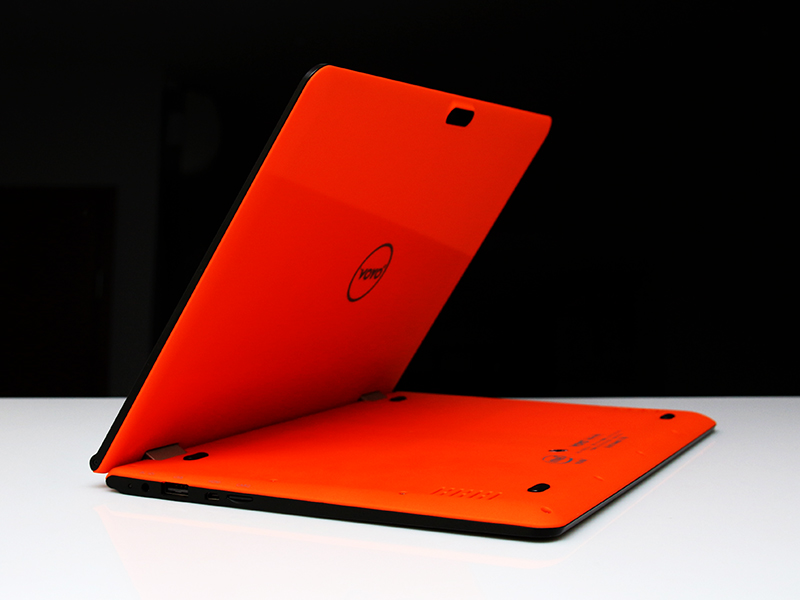
That’s not all. This isn’t a tablet mated to a physical keyboard. The batteries, system board, along with all ports and controls, are placed under the keyboard, like in a proper notebook. This allows for a thin and sleek screen design, and it worked out great for this device. The lid is just a few milimetres thick, while the whole device measures 16mm at the waist (not counting the rubber feet).

With its orange and black color scheme it looks like a piece of Bear Grylls kit, ready for an outdoor adventure. Unfortunately, it looks too “Lenovoish” and we would have preferred some original colour options instead: white, black, cyan, red, you name it.

Although this is not a ruggedized device, we must note we liked the soft rubbery finish on the lid and base. The orange rubber has a soft feel and we appreciate the good grip it provides. The orange and black colour combination looks great, but it would have looked even better had Lenovo not used it on the Yoga. Nevertheless, so this device turned many heads and got a lot of attention from our colleagues during the past couple of weeks. Some people liked the bright colour, while others were impressed by the thin, compact design.
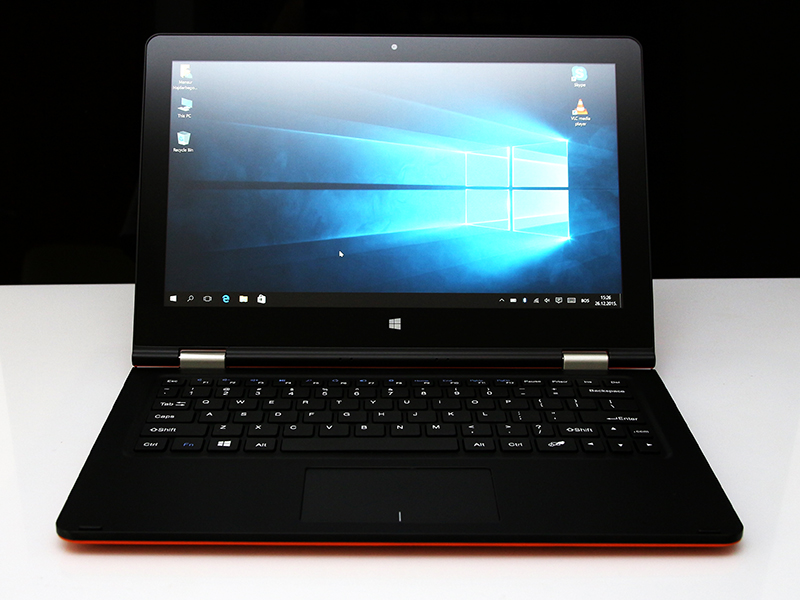
The keyboard has a matte finish, but for some reason it’s not that good at keeping fingerprints away. It proved to be a real magnet for smudges on the palm rests. It could have been much better if only the palm rests were also made from the same orange stuff used on the exterior.

Otherwise, the build quality is rather good. The Voyo A1 Plus Ultimate measures 290 x 196 x 16mm (11.40 x 7.70 x 0.63 inches) and weighs in at 1190 grams, thus it is very compact and lightweight. The sleek lid is just 6mm thick, while the bottom part with the keyboard is 10mm thick, not taking the rubber feet into account.
In full tablet mode, with the keyboard fully rotated under the screen, the device is 19mm thick (if you’re wondering where the extra 3mm came from, it’s the rubber feet).
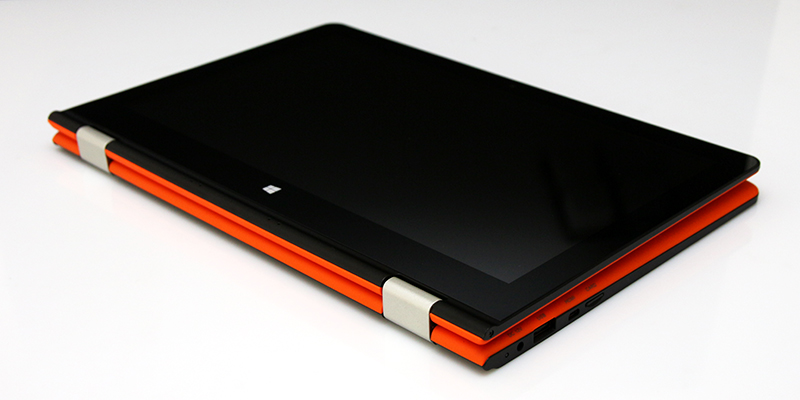
The highlight of the device is its 11.6-inch IPS 1080p panel with great viewing angles and image quality. To be honest, we weren’t expecting such a good display, but we will get to it later.
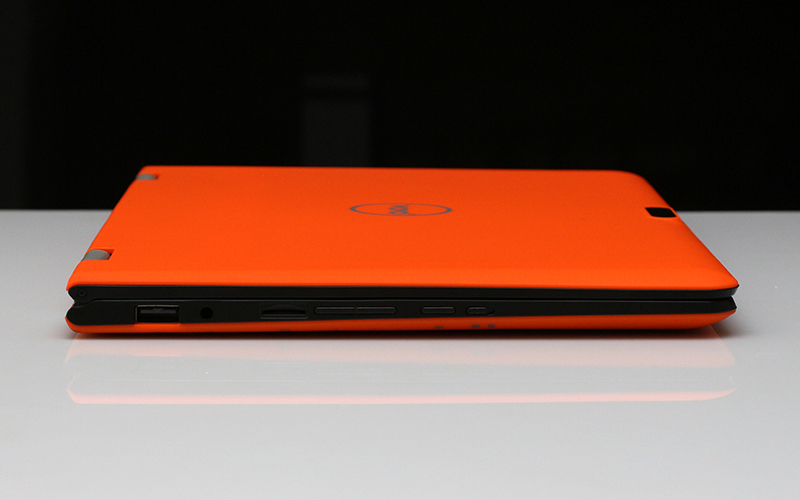
The plastic power and volume buttons are on the left side of the device, as well as the keyboard lock switch, one USB 2.0 port and a 3.5mm audio output. A SIM slot is present as well, but we tested the WiFi version of the device without the integrated 4G modem. The power button is sometimes hard to distinguish from the volume buttons, so you can accidentally press it while trying to adjust the volume.
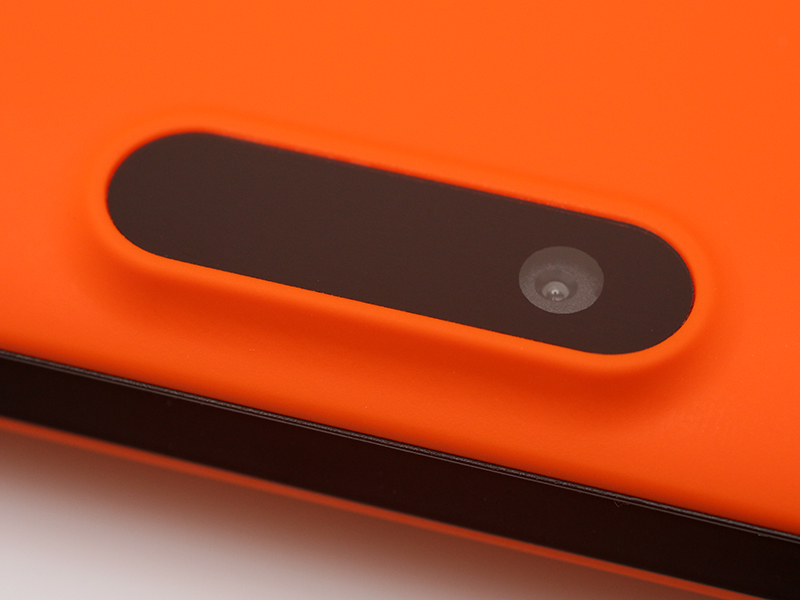
Yovo A1 Plus Ultimate sports front and back cameras, and this is the biggest distinguishing feature compared to the original Yoga design. However, the rear camera is useless in tablet mode, since it is completely covered by the keyboard when it’s rotated. Maybe it would have been better to have the 2 megapixel rear camera mounted in the front, and to completely forget about the rear camera?
The micro SD slot, micro HDMI, one USB port and a power connector are all located on the right side of the device. There is also a blue charging LED next to the power connector. Unfortunately, there’s no system activity LED on board.
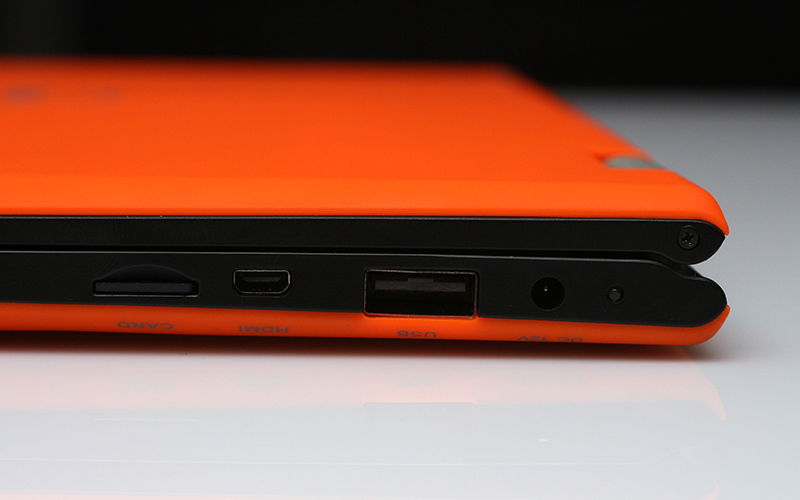
Of course, the front and the rear sides of the device are port-free. The speakers are located on the bottom of the device, and the microphone is below the screen, facing forward.
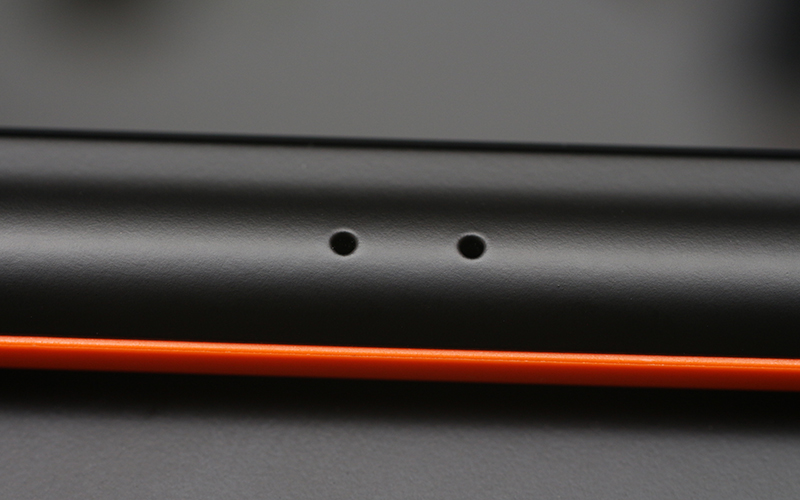
The screen hinges are made out of some sort of metal alloy and they provide just the right amount of resistance in all configurations, whether you want to use it as a tablet, notebook, or something in between.
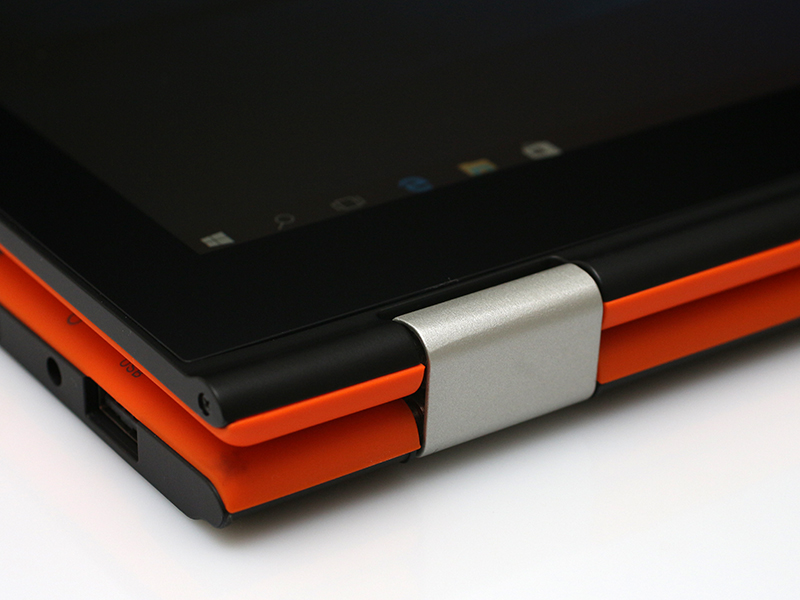
Voyo A1 Plus Ultimate Specs and Performance
Voyo A1 Plus Ultimate is based on a 14nm Cherry Trail Intel Atom x5-Z8300 SoC, so let's check out the full spec:
- Processor: Intel Atom x5-Z8300 quad-core, 1.44GHz base, 1.84GHz Turbo, 14nm
- Graphics: Intel HD Graphics Gen8, 12 EUs, 200MHz base, 500MHz burst
- RAM: 4GB DDR3L
- Storage: 64GB internal eMMC 4.51, microSD slot with UHS support, up to 128GB
- OS: Windows 10 Home 64bit
- Rear camera: 2-megapixel
- Front facing camera: 0,3-megapixel
- Battery: 10000mAh lithium ion
- Dimensions: 290 x 196 x 16mm (11.40 x 7.70 x 0.63 inches)
- Weight: 1.190g
- Connectivity: 802.11b/g/n WiFi, Bluetooth, HDMI
- Ports: 2 x USB 2.0, micro HDMI, 3.5mm audio, DC in (12V 3A)
- Sensors: G sensor
We monitored the thermals during our benchmarking sessions, and we did not encounter any noticeable throttling. It looks like Voyo did a good job in dealing with the heat from the CPU in this passively cooled device, but the real winner is Intel, with its low TDP 14nm silicon.
The spec sheet reveals where Voyo pinched pennies. The A1 Plus relies on eMMC 4.51 storage, which is slower than eMMC 5.0, let alone proper SSDs used in real ultrabooks. There aren’t that many sensors on board, either. On the whole, the spec is pretty good for the money, and real-life performance is more or less standard for Cherry Trail systems, so we won't get into the details. We already tried out a number of Cherry Trail-based tablets and mini PCs, and the biggest difference over Bay Trail Atoms is the integrated GPU - the Gen 8 unit in Cherry Trail processors significantly more powerful than Bay Trail graphics.
As you can see, the biggest bottleneck is the eMMC 4.51 drive. However, it’s not as bad as it looks. The device has 4GB of RAM, which helps, and you won’t experience much of a performance penalty in spite of the unimpressive drive (unless you plan to copy thousands of tiny files each day).
Other than that, this is a fairly powerful device given its price and size. Intel’s new Atoms feature a marginal CPU performance boost over Bay Trail, but they have a significantly more powerful GPU.
In terms of overall CPU and memory performance, the entry-level Atom x5-Z8300 tends to be on a part with the Bay Trai-based Atom Z3736F. However, it's a bit faster in GPU tests and should be more efficient (provided you don't push the GPU too hard).
In Cinebench, we can see the Z8300 falls short of the Z8500, which features dual-channel memory and a somewhat more powerful GPU.
We got a lower than expected score in the OpenGL test, and we suspect the display driver was the culprit.
We experienced the same issue in PCMark 8 and 3D Mark, where we ended up with GPU performance that wasn't quite on a par with other Z8300 systems, but the difference wasn't too big and it would be barely noticeable in real life.
On the whole, Intel's new 14nm Atoms are the best x86 budget platform. We already had a chance to try out Z8300 and Z8500 systems, and we can report they tend to offer much better performance than Bay Trail systems, especially in the GPU department. While they still don't come close to Skylake, these parts are powerful enough for casual users, yet they are incredibly cheap. Starting at about $20 per 1,000 units, Bay Trail Atoms are inexpensive even when you don't factor in Intel "contra revenue" tactics. (You mean monopolistic subsidies? Ed)
Ergonomics and Input Devices
Clicking the built-in touchpad was a bit too hard, it required a conscious effort to do it, and the right-click proved especially hard. We also tried using a Bluetooth mouse, and it worked well. Don't forget that you also have a touchscreen to play around with.

The rest of the keyboard is relatively good. The tactile feeling is good, and we have no complaints about the layout. There are some handy features like a dedicated touchpad-off button and a weird “.com” button, which you find on many Android keyboard, but not a lot of physical keyboards.

Also, swiping the touchpad from the right gives you the same Windows 10 action center panel as swiping the screen, which can be a useful shortcut.

Let’s not forget that this is a touch-enabled device, so you can also use the display for input. We did not experience any issues with the capacitive 10-point digitizer. It’s fast and reliable, nothing to report here. The really big deal is Microsoft’s effort to iron out a few kinks in the way Windows deals with touch input, and Windows 10 is a move in the right direction (although Win 8.1 wasn't bad either).
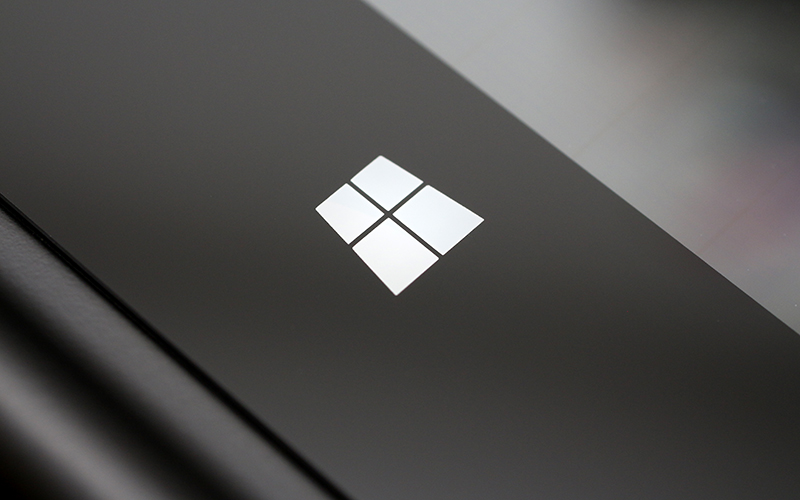
Ergonomics are not an issue. After all, this is a Lenovo clone, and Lenovo knows a thing or two about notebook design. We already pointed out that this is not a tablet, which means the lid is thin and light. This is good news for anyone who plans to use the A1 in their lap.
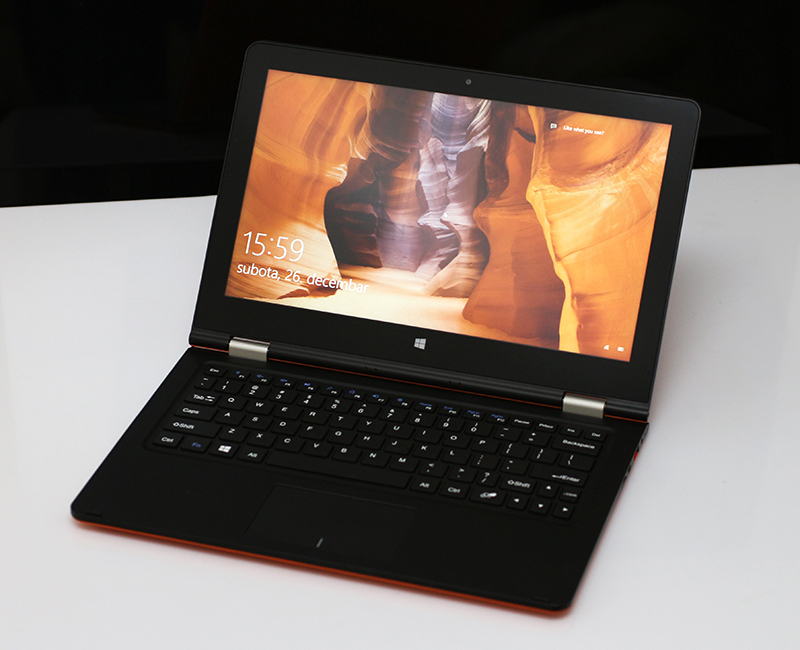
A lot of hybrids and 2-in-1s have relatively thick and heavy displays, burdened by batteries, which means they tend to be “top heavy” and poorly balanced. Long story short, a lot of them have a tendency to roll over because of their light keyboards.

If you get the light just right, you should be able to see the outlines of the PCB and two batteries in the base. We are dealing with hard, semi-transparent rubber here, so if you've got some really powerful lighting, you could see through it like an X-ray. It might not sound reassuring, but trust us, the device feels quite robust and you never get a feeling that the chassis is too thin or flexible.
Everyday Use
We took the Voyo A1 Plus Ultimate Ultrabook for a spin, just to see how it will cope with our daily routine: going to work, catching up on emails, browsing the news during our coffee break, and watching IPTV or movies in the evening. It worked like a charm and we couldn’t find much to complain about, so let’s start with these minor issues.
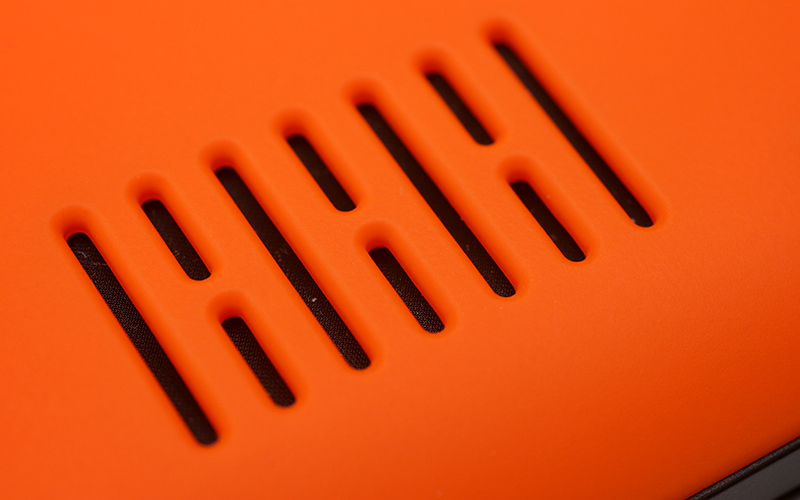
The sound from the speakers is thin, almost without bass, and it is a pity as the device is otherwise great for media consumption, thanks to the excellent 1080p panel and generous battery. If you intend to use it for work, it’s not much of an issue, but if you like to enjoy some video on your notebook, the speakers simply don’t cut it.
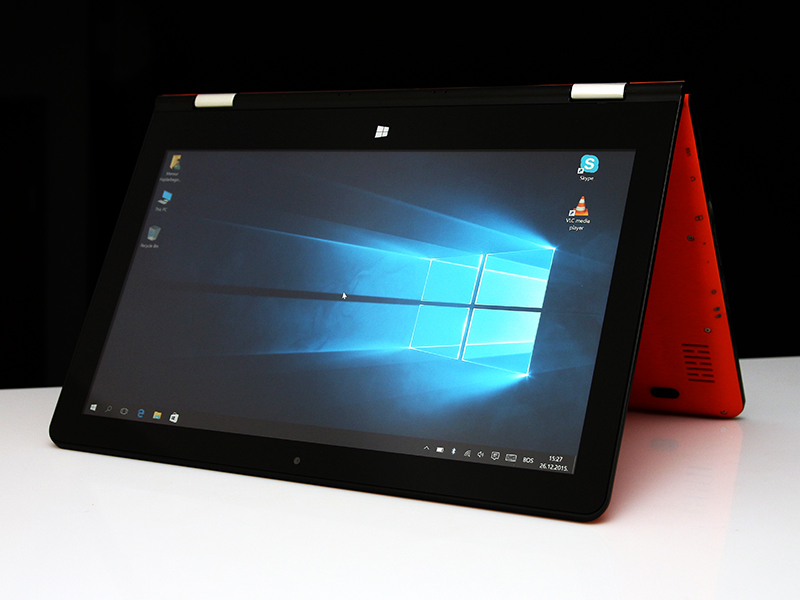
The system is very responsive in everyday use, and the display looks good even at 25% brightness. We decided to try out the SD card reader, which is the only practical way of expanding on-board storage, and we were in for a pleasant surprise.

The high speed SD card from our SLR delivered read and write speeds of around 90MB/s and 50MB/s respectively, maxing out the card as per its spec. Also, both USB ports had enough power to drive a couple of 2.5-inch external USB hard disks we had laying around.
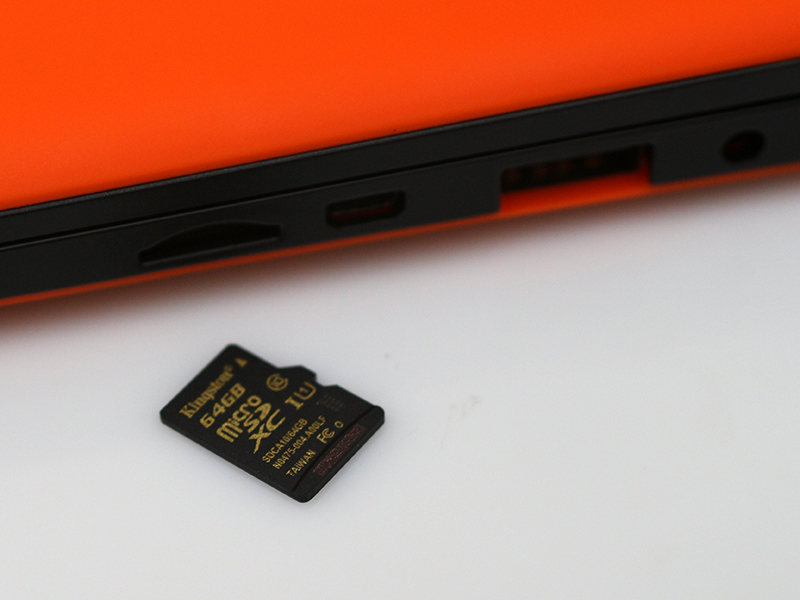
Heavy CPU or GPU bound tasks, or charging the battery, cause the bottom of the device to heat up to about 43 degrees Celsius, but this does not pose a problem.
We managed to get over 6 hours and 30 minutes of battery running time with heavy WiFi usage and video playback. With a more conservative approach and less video, you should get a bit more. A single charge can easily yield a workday worth of work in office applications.

Coming from a traditional notebook, we missed a standard LED activity indicator, which is nowhere to be found on the Voyo.
Conclusion
To be honest, we had trouble finding competitors with similar specs at nearly the same price..
The new Toshiba Satellite Click 10 comes to mind, using the same CPU with 2GB RAM and 64GB storage, but it has a smaller 10.1-inch display. Also, it’s not a real notebook, it’s a convertible, and at $399 via the Microsoft Store, it’s a bit more expensive. Both the Toshiba and Voyo lack USB 3.0 ports. If you like the Lenovo look, you could check out the proper Yoga 300, with a Celeron N2940 CPU, 2GB RAM and 64GB storage, but with only a 11.6-inch 720p display.
Voyo's pricing is somewhat better. The A1 Plus starts at $235 for the entry-level Bay Trail version, while this particular Cherry Trail SKU, with 4GB of RAM and 64GB of storage costs $275 via GearBest. The 4G version, with WCDMA 900/2100MHz and FDD 1900/2100MHz connectivity is $25 more. It's a pity 4G support is limited to these bands, but we suspect most people will go for cheaper WiFi versions anyway.

In our opinion, Voyo are on the right track with this device, offering a decent spec in a compact and attractive package. Unfortunately, the package is sort of the problem, since the device is a Lenovo clone. We think it would have been even more attractive in a different colour, to hide the Lenovo DNA.
Other than the appearance, there is not much to complain about. Considering the price, you get some quality components, and we’d single out the 1080p IPS display and Cherry Trail processor as the best components in the package. Battery life is impressive as well. The device is also available with a 4G modem, and on the other side of the spectrum, you can get an even cheaper model with no data connectivity and an “old” Bay Trail processor in lieu of the x5-Z8300. Too bad there aren’t more colour options, just orange and silver/gray.
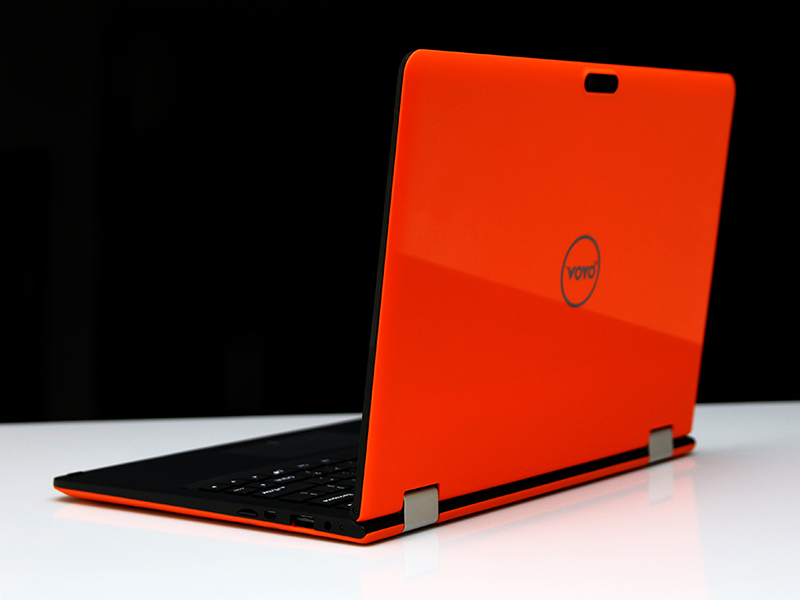
So what are the downsides, apart from the Lenovo-esque design? The speakers are underpowered and not good enough for content consumption, which could be a deal-breaker for some people. The 3.5mm DC plug can mistakenly be inserted into the 3.5mm audio port, the touchpad buttons are a tad too hard, and we also experienced some performance issues with the Intel display driver (nothing too serious though, this isn’t a gaming device anyway).
Voyo A1 Plus Pros and Cons:
Pros:
- Good IPS display
- 4GB of RAM
- Battery life
- Value for money
Cons:
- Unoriginal Lenovo clone design
- Weak speakers
- No USB 3.0
- Touchpad buttons

